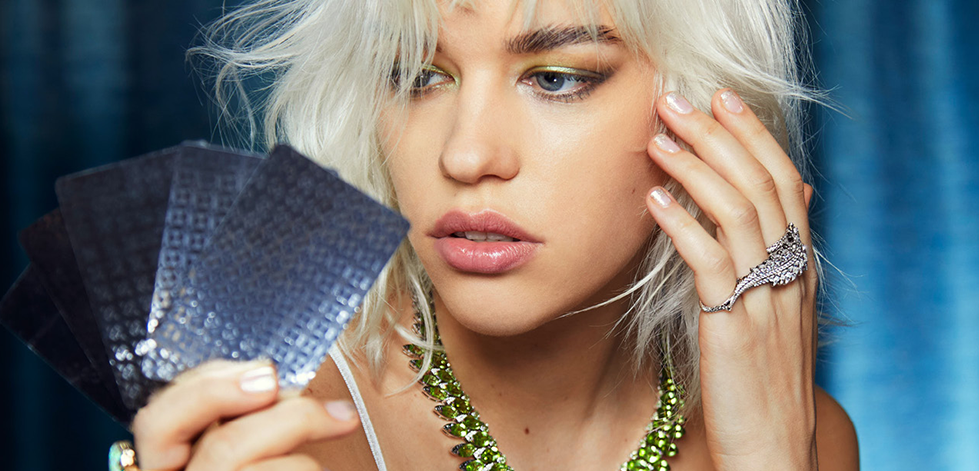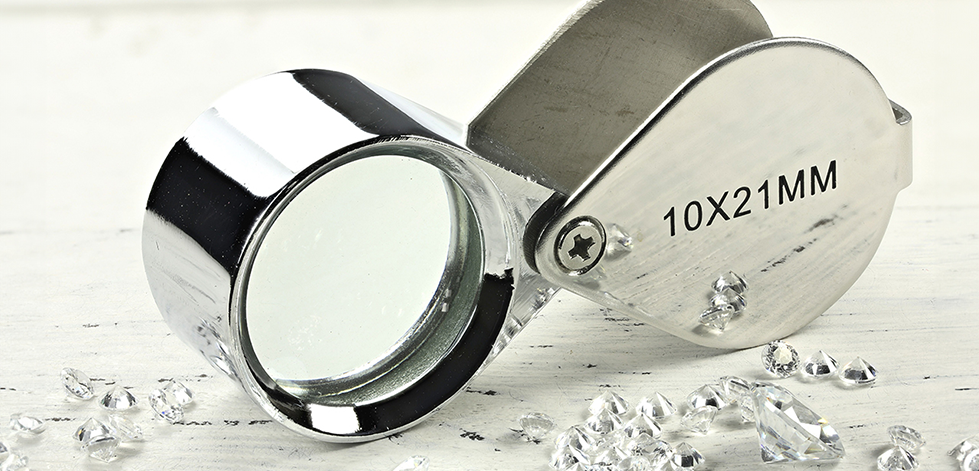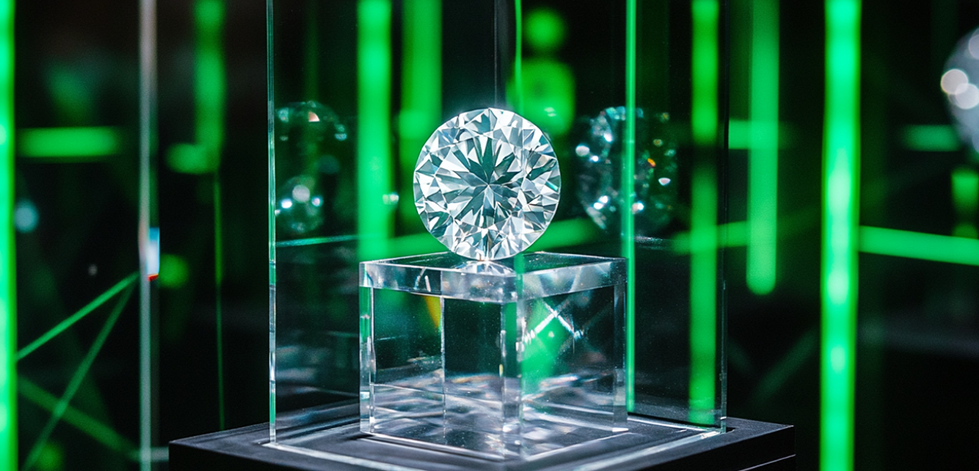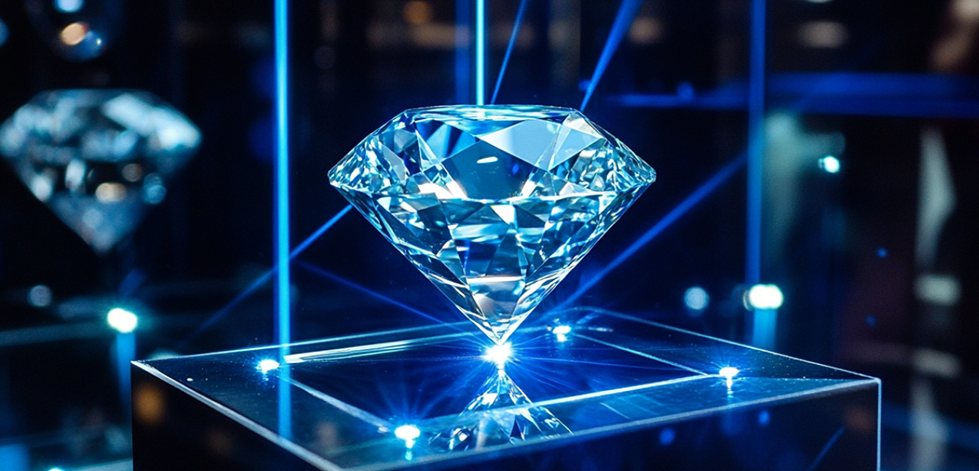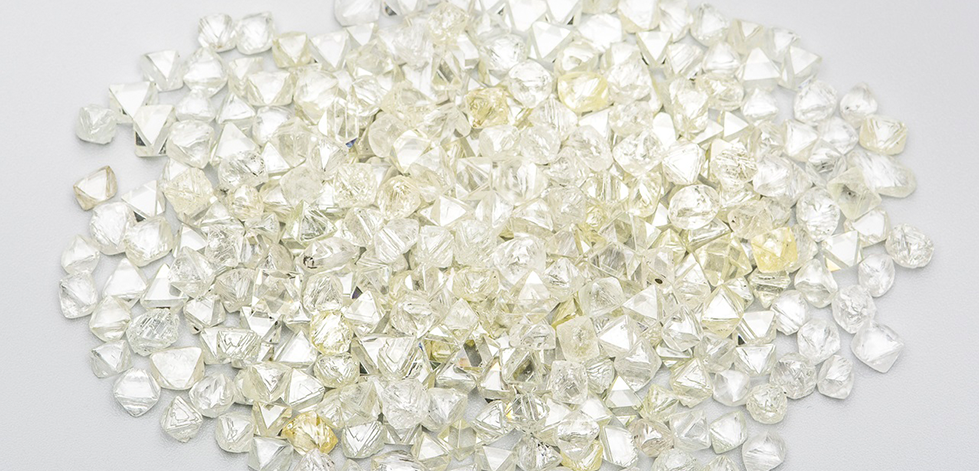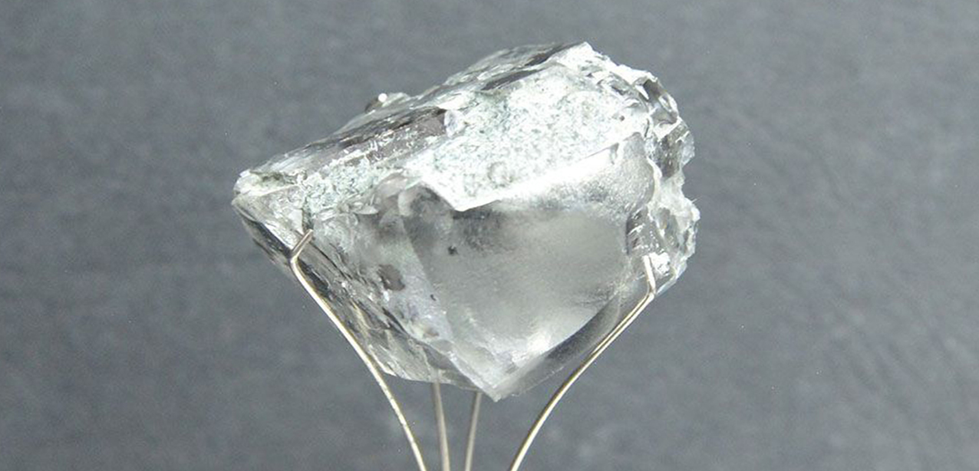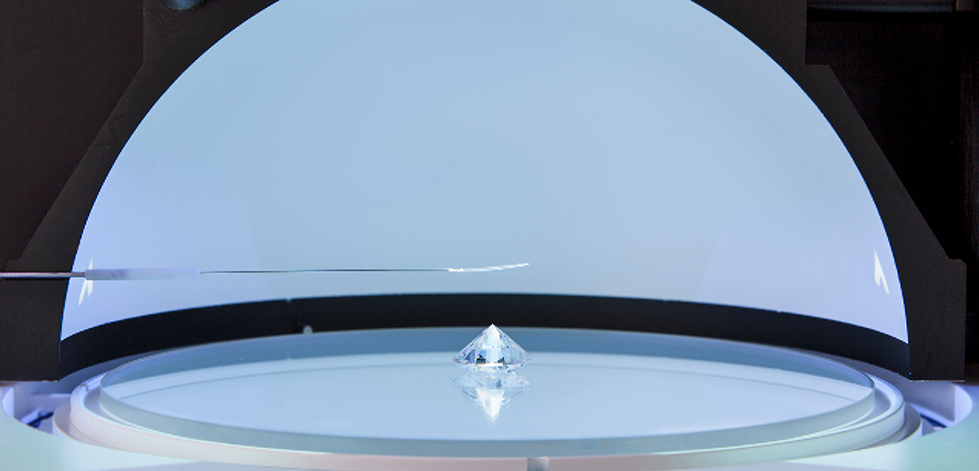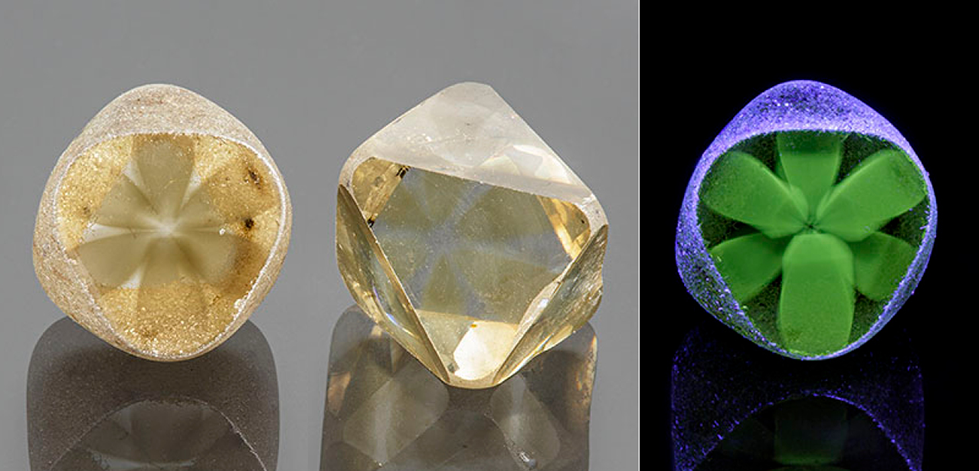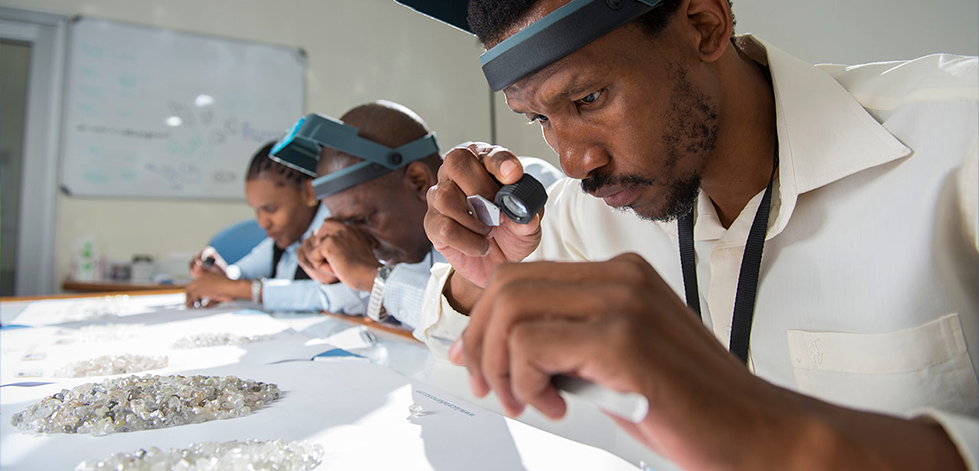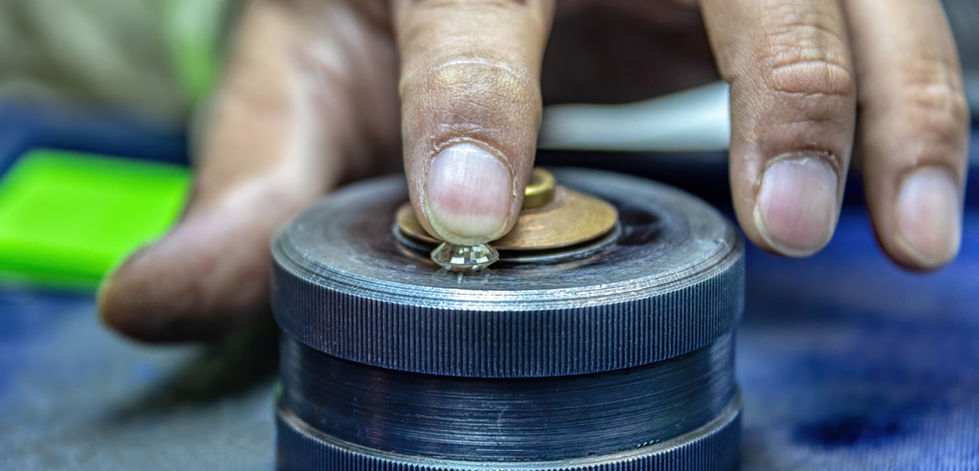How to Sell to the Self-Purchasing Woman
The in-store experience is crucial — as are marketing styles and having the right merchandise.
Approximately 20 years ago, the term “self-purchaser” became the new catchphrase in jewelry retail. Professional women with spending power realized they didn’t need a man to buy them jewelry; they could do it for themselves. They desired pieces that celebrated milestones in their lives. They also began gravitating toward more individualized styles that spoke to their personalities, rather than status pieces for keeping up with their peers.
In 2003, De Beers noticed this trend emerging and launched its most influential ad campaign since 1946’s “A Diamond Is Forever.” “Women of the World, Raise Your Right Hand” targeted women who were successful in their careers, and said it was okay to buy diamond right-hand rings — rings that weren’t connected to marriage, as the left hand was traditionally for wedding rings. All this culminated in self-purchasing becoming a huge segment of the market, with designers and retailers getting on board as more women bought expensive pieces for themselves.
Say it loud, say it proud
When selling to women, stores need to align their marketing with their mission.
Retailer Zaver & Mor in Berkeley, California, “is a space created by a woman, for women,” says owner Rada Sahney — and she projects that message in all her branding. “We celebrate female-owned small designers and choose pieces that are geared to women in every facet of their lives. Thus, our message is all about celebrating women in jewelry.”
At retailer Max’s in Minnesota’s Twin Cities, “our primary customer group is the female self-purchaser,” says owner Ellen Hertz. “Therefore, all marketing is geared toward women. We often use the taglines or hashtags ‘Own your style’ or ‘Let your style be your statement.’ Our message speaks to the feel-good vibe women get when they buy their own jewelry.”
Laura Freedman’s strategy relies on her own experience as a jewelry purchaser. “I think about how I would like it presented and what I would like to wear,” says the owner of Broken English, which has boutiques in New York and Santa Monica, California. “Our marketing, like the jewelry, is relatable and authentic — and speaks to the small and big memories and moments in a woman’s life, touching them on an emotional and visceral level.”
The feminine boutique
The in-store experience is a vital aspect of catering to self-purchasers — from the displays and décor to how well the salespeople know the product and treat the clients. There was a time when a woman walking into a traditional jewelry store would be ignored if she didn’t have a man in tow. But times have changed; jewelers have redesigned their shops and educated their staff to ensure that they offer the service a woman deserves.
Sari Brown, owner of LuxCouture, has created an environment that caters to female clients’ every need. Her store in Newton Highlands, Massachusetts, is different than the other interviewees’ in that it sells ready-to-wear accessories and fine jewelry.
“The shop is set up so we can style our customers from head to toe,” she says. “We are able to spend time asking about their personal styles and what jewelry they already have, [as well as] how we can help them add on and show them what pieces work best with different types of clothes.”
While jewelry-only stores cannot offer this type of service, they can create a venue that’s easygoing and pressure-free.
“Our store has been designed to feel casual, cozy and intimate,” says Sahney. “This creates a more inviting and approachable space for women to feel they can try, chat, have a drink or a sweet treat. We encourage a more one-on-one ‘girlfriend’ shopping experience versus a retailer-and-client environment.”
Hertz agrees that “for women, there is nothing like coming in and trying things on. When we reopened after the Covid-19 shutdown, I was truly stunned by how many women came in to buy something for themselves because they just wanted to feel good or buy something pretty.”
The right merchandise
Perhaps the most important aspect of selling to self-purchasers is carrying styles that will resonate with them.
Freedman offers a mix of meaningful charms and talismans, updated classics, accessibly priced trend-driven pieces, and one-of-a-kind miniature works of art. In the symbolic-jewelry category, Foundrae is one of her top-selling brands. Anita Ko fits the bill for a more daring take on the classics, while EF Collection features cool, current pieces that “won’t break the bank.” Silvia Furmanovich is one of Freedman’s artisan designers.
Hertz’s designers are all independents, and hers is a one-stop shop for some of the most creative talents in the business. Brands that have done well include Amáli Jewelry, Erica Molinari, Annie Fensterstock and Rebecca Overmann.
Brown has seen success with modern takes on classic diamond jewelry, such as Jade Trau’s tennis necklaces and emerging brand Gemma Couture’s expandable diamond bracelets. She reports “less traction with the ‘neck mess,’ and more with elegantly layered, textured gold and diamond necklaces that graduate. Stackable rings have given way to more statement styles — wearing a ring on every finger [or opting for] signets, wider bands, and gemstone rings.”
Story and styling
A big draw for the self-purchaser is a story — who the designer is, how the jewelry is made, what the pieces symbolize.
“Women love to hear all of the details and stories behind the jewels. The more they can relate, the better,” says Freedman. “They are also attracted to the conversation-starters: Silvia Furmanovich’s marquetry pieces and [Foundrae’s] language of tenets.”
Beyond that, says Brown, “women want to be educated about what they are purchasing. Knowing either the story behind the brand or the techniques used really [drives] home the perceived value of the jewelry, particularly from designers like Jade Trau and Andy Lif.”
Being an example yourself is helpful as well, notes Sahney. “Showing how the jewelry can be worn [and] how to mix designers or metals are all selling points. I wear a lot of mixed jewels and layers to encourage my customers to be more comfortable in doing the same.”
She also tries to make sure customers get the most out of the pieces they buy. “My goal is to help identify and curate my clients’ jewelry collections. Therefore, I emphasize the importance of finding pieces that they would reach for multiple times a week and [that can] translate from day to night or casual to formal.”
Permission to buy
“The challenges of selling to women have become minimal as long you research what’s out there, think ahead, and have your finger on the pulse of what women might want next,” says Freedman.
Women sometimes need to give themselves permission to buy a new piece when they think they have enough jewelry, observe Sahney and Brown.
“They will spend a great amount on handbags and shoes each season, but there is still a bit of mystique about jewelry,” Brown says.
“We have come so far,” adds Sahney. “We need to continue to empower women to celebrate themselves and embrace their desire to self-purchase.”
4 Absolute don’ts when courting the female buyer
- Never turn on the pressure. Share all the info you can. Allow clients to try on a piece as much as they feel comfortable doing. Chat about their existing collection and what the piece they are thinking about might work with, and then leave it to them to make the decision.
- Don’t assume they will buy immediately, even if they fall in love with the piece. Some women need to mull it over or go home and see what else they have before committing to a purchase.
- At a trunk show or event, don’t ignore women less involved in trying pieces out. Try to engage them in conversation and learn more about them as people. These women might be newcomers to buying for themselves and might need time to feel more comfortable with the process.
- If a woman pops by in sweats and no makeup, don’t write her off as not being serious or not having the spending power. This is a misconception that male jewelry store owners tend to make more than female ones. These women might be coming from dropping off their kids at school or from a dentist appointment or the gym. These are the women who may become your best customers over time.
Image: Model wears a selection of Stephen Webster jewelry, including a Magnipheasant ring in 18-karat
gold and diamonds (left hand) and a Magnipheasant collar with black diamonds and Fuli Gemstones
peridot in 18-karat gold. (Chloe Primrose for Fuli Gemstones x Stephen Webster)


